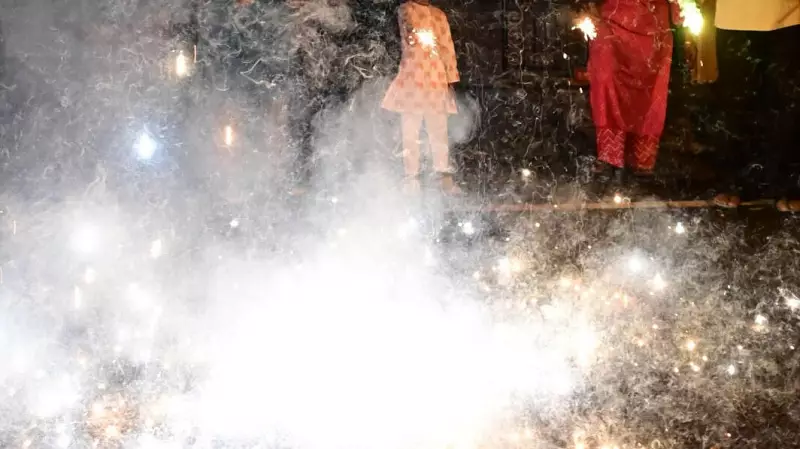
The aftermath of Deepavali 2025 celebrations in India's tech capital has revealed a complex picture of air quality across Bengaluru, with some areas breathing easier while others grapple with worsening pollution levels.
The Tale of Two Bengalurus
According to data released by the Karnataka State Pollution Control Board (KSPCB), the city experienced a dramatic split in air quality outcomes. While fireworks traditionally cause widespread pollution during the festival, this year's pattern showed unexpected variations between neighborhoods.
Areas Showing Improvement
Surprisingly, several monitoring stations recorded better air quality compared to previous years. The KSPCB data indicated that areas with concentrated public awareness campaigns about eco-friendly celebrations demonstrated measurable improvements in Air Quality Index (AQI) readings.
Concerning Deterioration Zones
However, the news wasn't positive everywhere. Certain residential and commercial hubs witnessed significant spikes in particulate matter (PM2.5 and PM10) levels, with some stations reporting AQI readings that crossed into the 'poor' and 'very poor' categories.
What the Data Reveals
The KSPCB's extensive monitoring network captured real-time changes across multiple parameters:
- PM2.5 levels showed the most dramatic fluctuations
- Noise pollution patterns followed traditional celebration timelines
- Areas with green cover demonstrated better resilience to pollution spikes
- Wind patterns played a crucial role in pollution dispersion
Expert Analysis and Public Response
Environmental specialists attribute the mixed results to several factors, including varying levels of public participation in green initiatives, meteorological conditions, and the type of fireworks used in different localities.
"The data clearly shows that community-level interventions can make a significant difference," noted a senior KSPCB official. "Areas where residents voluntarily reduced fireworks usage showed markedly better air quality outcomes."
Looking Ahead
The contrasting results across Bengaluru provide valuable insights for future pollution control strategies. Urban planners and environmental agencies are now studying the data to understand why some areas succeeded in maintaining better air quality while others struggled.
This year's Deepavali has underscored that air quality management requires hyper-local approaches rather than one-size-fits-all solutions for India's rapidly growing metropolitan centers.





